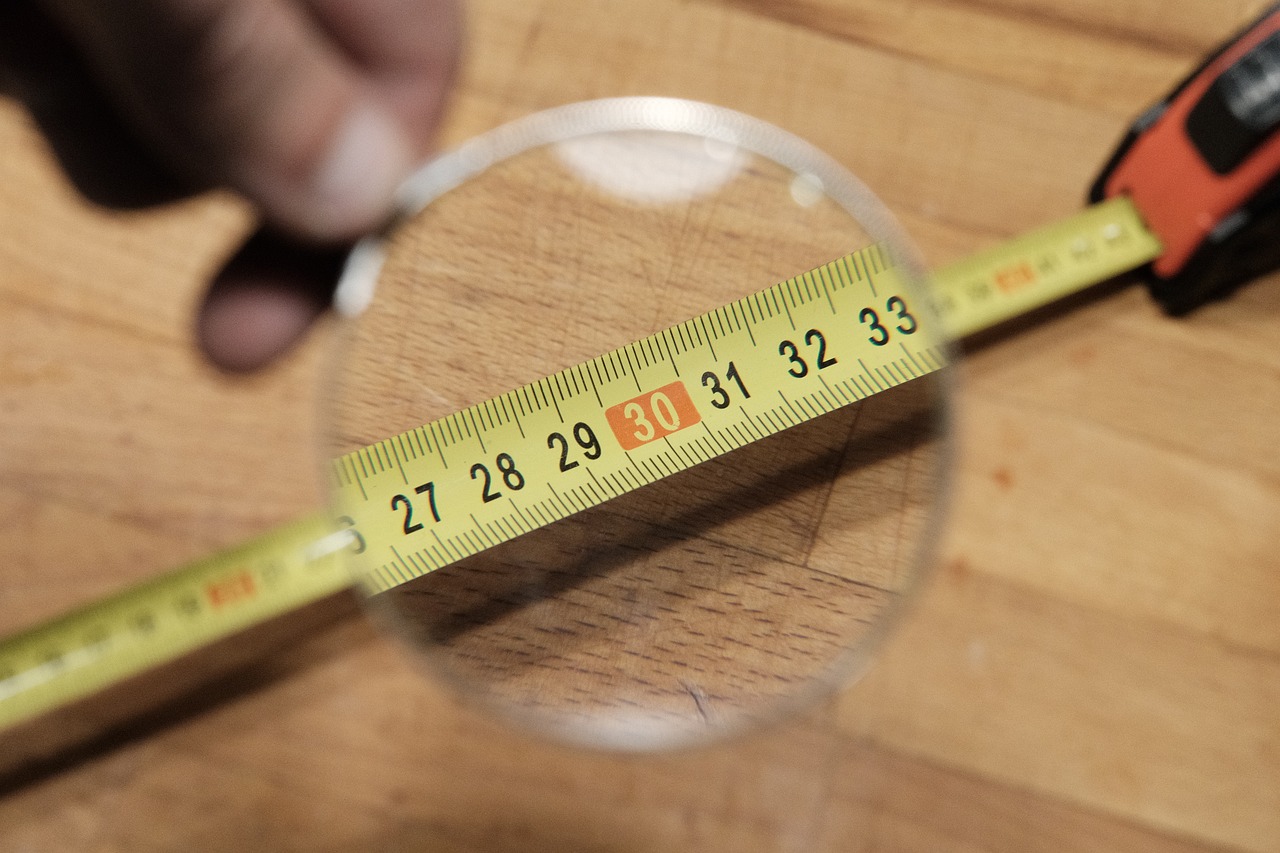This flexible do-it-yourself activity can be completed in an afternoon and can be adjusted and modified according to the size, style, and materials available to you. Below are the resources we utilized and the steps we followed to accomplish it.
TOOLS + SUPPLIES USED
- Wood or MDF, cut to preferred length and width
- Shaker Pegs (here’s a screw-in alternative)
- Drill and appropriate bits
- Jigsaw (optional)
- 1 1/2″ wood screws (we prefer Power Pro for the cleanest drive)
- Wood Glue
- Clamps
- Rubber mallet
- Sanding block
- Spackle + putty knife
- Tape measure + pencil
1| CUT + FASTEN TOP AND BACK
To start the process, you need to ascertain the appropriate size for your installation area and trim your boards accordingly. For the playroom, we concluded that a width of 26″ would be suitable for the gap between the arched opening and the chimney. We chose to have a broader top (shelf) compared to the peg rail (front-facing). As a point of reference, our top measures 5″, whereas the peg rail board is 3 1/2″.
The great thing about this project is its ability to adapt to any size space. After determining the appropriate size, we secured the boards together using clamps and attached them with screws using a drill. Remember to always make pilot holes, especially when working with MDF.
2| TRACE, CUT + FASTEN ROUNDED SHELF SUPPORTS
Fun Fact: Although this step is entirely unnecessary, it undeniably added a delightful touch! Subsequently, after joining the back and top together, we thoroughly searched the kitchen for a circular dish that would serve as the ideal form for our side supports.
We traced the 1/4 round profile on a small dinner plate and used a fine finish blade on our jigsaw to cut it out. We didn’t aim for perfection at this stage, but we sanded the cut later and came pretty close!
Afterward, we attached the quarter round supports to the top and back by using the same 1 1/2″ screws as before. Did you observe the angled clamp holding the support securely while we drilled? Clamps are beneficial for immobilizing items during fastening, so we suggest utilizing them whenever feasible. They act like an additional pair of hands! These particular clamps have been in our possession for nearly ten years.
3| MEASURE + INSTALL PEGS
The specific measurements for this step depend on the chosen pegs and the width of the peg rail. Our six pegs were placed slightly less than 4 inches apart, with approximately 2 inches between the outer pegs and the rounded shelf supports. To ensure a tight fit, we used a 3/8 inch drill bit for the pegs.




